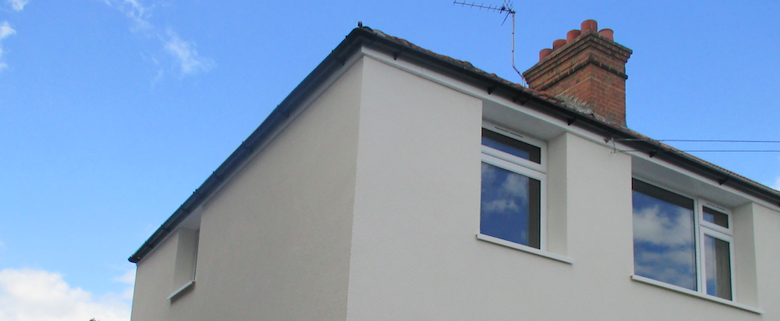
There are a lot of benefits with external wall insulation – but are there any reasons to be cautious when thinking about installing it? We’re going to share a few of the questions we’ve been asked over the years, and help to sort fact from fiction!
Does external wall insulation cause mould?
Buildings need good ventilation in order to preserve indoor air quality and also to prevent condensation, which can lead to damp in the long run. There’s no reason why solid wall insulation should prevent a property from breathing, however. A good external wall insulation installer will leave gaps around air vents and use breathable render. This means that, while the insulation will slow air transfer in and out of your home (therefore keeping it warmer in the winter), it will still allow the house to breathe. Obviously, you’ll still need to ensure adequate ventilation through opening windows and using extraction fans when necessary. This is especially important in potentially humid rooms, such as bathrooms and kitchens.
Is external wall insulation a fire hazard?
Most external wall insulation systems are completely safe, and there is a difference between external cladding and EWI. It’s obviously worthwhile checking you’re using a good installer and decent materials, but the vast majority of manufacturers design their materials to be fire retardant. While EPS (expanded polystyrene) is combustible, it does not spread fire. Also, EPS boards will not burn once encased in cement-based render, but if you’re especially worried, you could opt for mineral wool, which is non-combustible.
Can external wall insulation damage health?
With cavity wall insulation, walls are often filled with blown fibreglass or urea formaldehyde, which some say can have health impacts. EPS, wood fibre and mineral wool (the insulation component of the system) come in solid blocks, meaning they won’t break up and release fibres. The insulation boards are also sealed within an impermeable coat of render.
Does external wall insulation encourage the growth of algae?
Not if your installer uses the right products! Good quality render (the final stage of external wall insulation systems) contains biocides, which prevent algae and other vegetation from growing and discolouring the finish over time.
Is external wall insulation ugly?
No – a professionally rendered home can look great! It will cover up any damaged brickwork/previous render and allows you to brighten tired walls. EWI can add value to a house, and systems can be designed to fit the surroundings, or the original appearance of the building; for instance, period features can be recreated in brick slips of almost any colour, or even wooden beams replicated on mock-Tudor properties.
Will external wall insulation last?
Yes! Most good system manufacturers give a minimum warranty of 25 years, providing the insulation was correctly installed. You can, however, expect your system to last much longer. As long as the system is properly encased in a waterproof final render coating, it will be protected from the weather and there shouldn’t be any problems.
Is it difficult to get planning permission for external wall insulation?
In most cases, external wall insulation on domestic properties is classed as a permitted development – but if you live in a listed building or a conservation area, there can be hoops to jump through. If you are unsure, check with your local council.
Does it use more energy to manufacture external wall insulation than the measure saves over its lifetime?
While there’s no denying the energy intensity of manufacturing chemical-based insulation products, the payback in terms of the energy you save through installing them normally makes the measure worthwhile. The manufacture of foam, glass, PU or XPS insulation is estimated at 1,3000kWh/m3. Based on these figures, the payback in terms of energy saved can be as little as 1-2 years.
Installing solid wall insulation
Interested in getting solid wall installation? We have scoured the country for the best tradespeople, so that we can make sure we only recommend those we really trust.
If you would like us to find you a local installer, just fill in the form below and we will be in touch shortly!
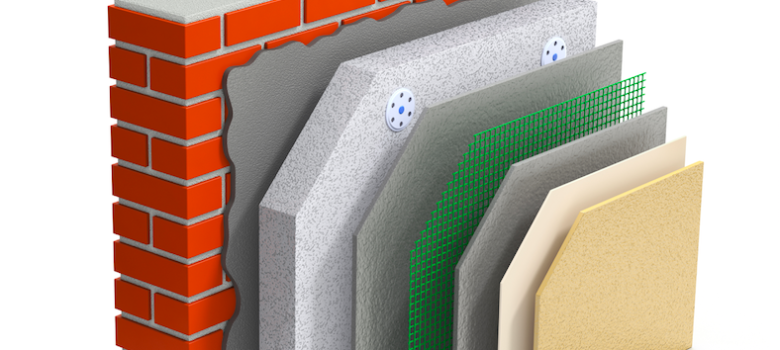



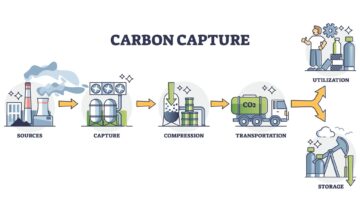
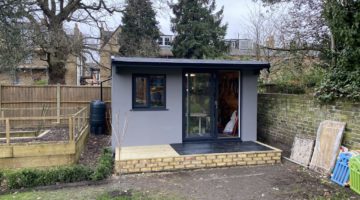
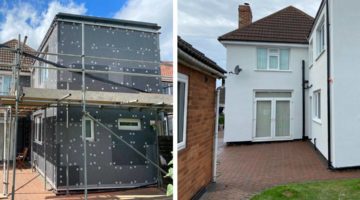
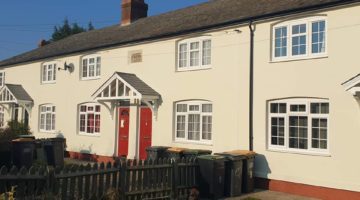





Can I get just one North facing wall done? One side of my house is a lot cold and it is a single expanse of bricks (No Windows) facing North that never gets Sun.
Your video doesnt say what you do below the bottom of the tiles ie to fhe ground.